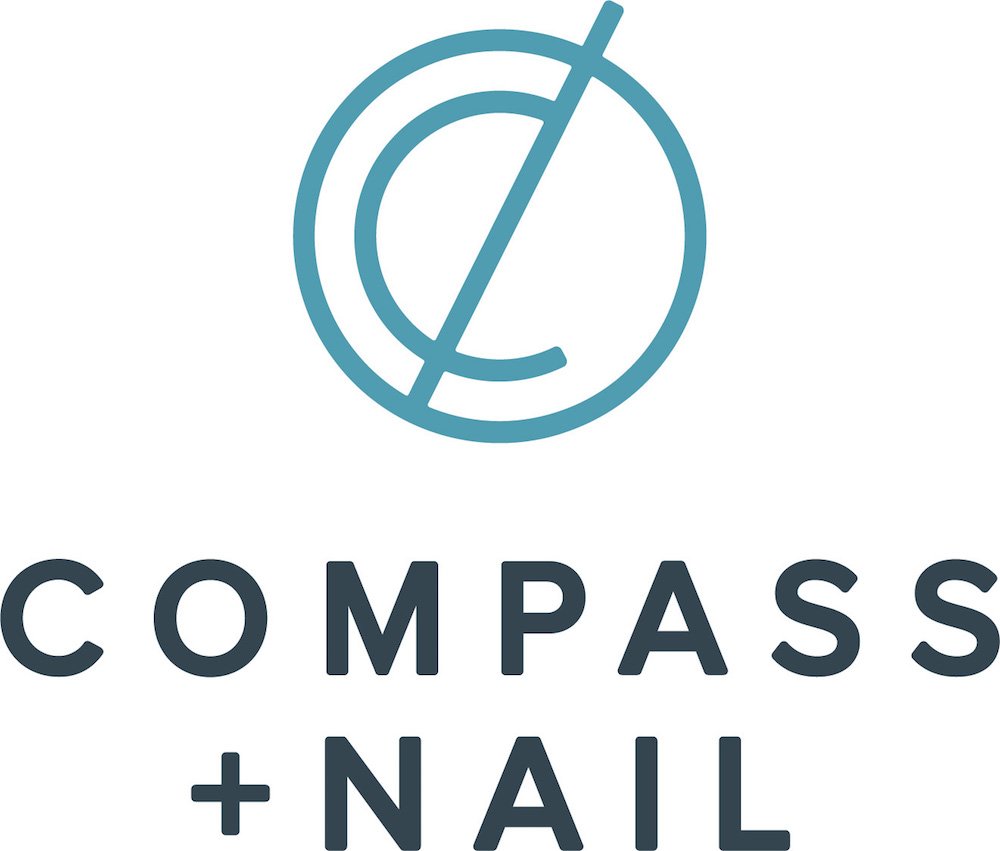A Fuzzy Science No More
Excerpt from Blind Spot, published 2013
Of course, products and companies aren’t people. It may not make sense to love Disney, or you may be disappointed that the creator of a mobile device espouses a cause you dislike, but it happens. You might get angry and frustrated at a vending machine. You possibly love shoes or one of your home appliances. You may feel like you’re greeting an old friend returning from a trip abroad when you crack open your favorite soda. It’s just how we are.
Unfortunately, most companies don’t understand this tactic and don’t invest in relationships, at least not in a continuous, strategic way. It’s easy to understand why. Relationships are fuzzy, not easily measured, and they mean different things to different people. Marketers talk about them, but few businesses treat them as strategic assets. Walk into a boardroom, and you can get a long way talking about income statements, P&L, CapEx, and ROI. Talk about relationships, and few people want to listen, especially if the business isn’t doing well. When challenged, there’s not yet any way to point to the value of relationships in an organization’s financials because the value is spread throughout all of the statements. It doesn’t feel real, but it’s encapsulated everywhere a company does business. Relationships don’t seem real or concrete enough to act upon. They’re seen as a byproduct of other activities, something that happens on their own as long as you take care of other things.
For most businesses, relationships are a major factor in building what’s known as premium value. Premium value indicates how much more a customer would pay for one product or service over an equivalent replacement. A relationship-conscious company like Disney can charge much more per visit to its parks than Six Flags. Coke sells for more than generic soda. And Apple can charge much more than its rivals for products that do much the same thing.
You might think we’re merely talking about one product being better than another. That’s not the entire story, though, as good relationships start with products that work. But functionality is table stakes these days, and premium brands don’t stress functional attributes. Almost any company can build products that do what they’re supposed to do, or it can offer unique features that don’t really matter. However, most companies have to compete on price, and relatively few understand how to create the kinds of experiences that build a durable relationship that customers value and that transcend price.
Measuring Advocacy
In 2013, as Steve Diller and his co-authors articulate, measuring brand/consumer relationship development was fuzzy work. And, it’s well known that if you can’t measure it, it doesn’t get a lot of attention, especially in the data crazed era we live in currently in 2023. And hence the puzzlement. Per the author’s premise, it is the development of relationships, deep, meaningful relationships, that fosters committed buying habits, which in turn creates stakeholder value.
“In my view, there exist numerous companies, but only a handful of true brands. A brand is not something that can simply be bought; it is a distinction that must be earned.”
While the challenge for any brand is to provide real benefit and service beyond the status quo function that transcends the ‘mundane’ ways in which the competitive set typically think and act, the challenge for brand managers and leadership teams is to put a number on the effort it takes in “building brand,” and the pay off associated with the “distinction earned.” Measuring how well that benefit and service is resonating with your audience is a huge challenge. But that is what we’ve done. Compass + Nail, via the Brand Equity Index, is literally measuring how efficient your best customers become your best customers. Learn more.
